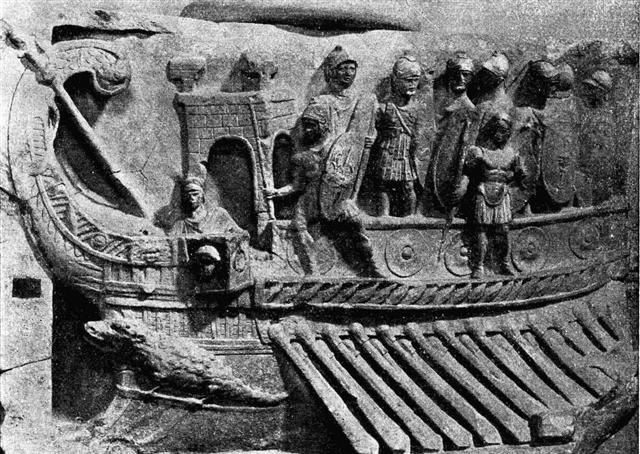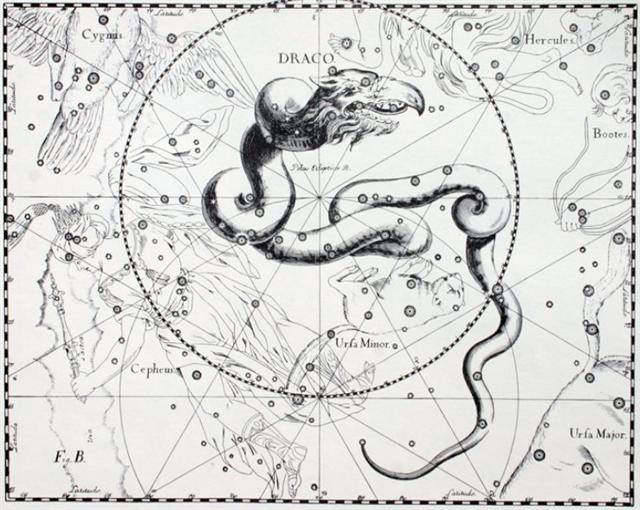|
RIGEL
Let's also fill in the dates according to our Sun calendar:
The Sun and the Moon dates follow ´hand in hand' so to say up to the end of the year, where heliacal Sirius and the Full Moon ideally should be at Φ Sagittarii. ... It may also be referred to a Talmudic root which would signify an 'aperture' of some kind, as the 'eye of a needle,' ... Lenormant adopts the more usual explanation that the word means a 'knot' ...
... 'I wan't a clean cup', interrupted the Hatter: 'let's all move one place on.' He moved as he spoke, and the Dormouse followed him: the March Hare moved into the Dormouse's place, and Alice rather unwillingly took the place of the March Hare. The Hatter was the only one who got any advantage from the change; and Alice was a good deal worse off than before, as the March Hare had just upsed the milk-jug into his plate ... ... Proclus informs us that the fox star nibbles continuously at the thong of the yoke which holds together heaven and earth; German folklore adds that when the fox succeeds, the world will come to its end. This fox star is no other than Alcor, the small star g near zeta Ursae Majoris (in India Arundati, the common wife of the Seven Rishis, alpha-eta Ursae ...
And 364 (Dec 30) = 28 * 13 = 247 (the Fox) + 9 * 13. And the right ascension 'tree' at 6h could have motivated a lesser size for the figure at Ca4-13 - because here was a reflection of the beginning:
6h / 24h * 26000 (precessional cycle) = 6500 years or around 4500 BC. 13 * 2000 = 26000 and 13 * 20 = 260.
88 (→ *88, Betelgeuze, α Orionis) + 172 (354 / 12) = 260 (→ *260.0, Nodus 1, ζ Draconis), a star located in the central loop (knot) below the head of the Dragon:
... Once upon a time there was an old woman who owned a great potato field (mara) where she planted her potatoes in spring and harvested them in autumn. She was famous all around for her many varieties of wonderful potatoes, and she had enough of them to sell at the market place. She planted her potatoes 7 in a row, placing her foot in front of her as a measure from one potato to the next. Then she marked the place with a bean - which would also give nourishment to the surrounding potatoes. Next she changed variety and planted 7 more followed by another bean, and this was the pattern she followed until all her 214 varieties [the Neck] had been put down in their proper places. She had drawn a map which she followed and from where each sort of potato could be located at the proper time for its harvest ... 260 (Ca10-5) + 400 / 4 = 360. And 84 (Julian equinox) + 16 (waiting for return to visibility) = 100 = 400 / 4. ... The Sacred Book of the ancient Maya Quiche, the famous Popol Vuh (the Book of Counsel) tells of Zipacna, son of Vucub-Caquix (= Seven Arata). He sees 400 youths dragging a huge log that they want as a ridgepole for their house. Zipacna alone carries the tree without effort to the spot where a hole has been dug for the post to support the ridgepole. The youths, jealous and afraid, try to kill Zipacna by crushing him in the hole, but he escapes and brings down the house on their heads. They are removed to the sky, in a 'group', and the Pleiades are called after them ... The first figure (Ca4-13 → 14 * 29½) returns 172 (= 12 * 29½ / 2) days further on at Ca10-6. They are the same, yet not identical, because the first figure seems to be located according to the Sun (up in the north), but the 2nd according to the Moon (south of the equator and down on Easter Island)..
The other figures in between are different. Although the top of the Sirius (Sun) figure is reflected in the top of the (Moon) figure at Ca10-6:
Evidently *354 / 2 in a way corresponds to *320 / 2.
354 - 320 = 34 and 4 * 34 = 8 * 17 = 136 (→ Alcyone in the Pleiades). ... The youths, jealous and afraid, try to kill Zipacna by crushing him in the hole, but he escapes and brings down the house on their heads. They are removed to the sky, in a 'group', and the Pleiades are called after them ...
|
||||||||||||||||||||||||||||||||||||||||||||||||||||||||||||||||||||||||||||||||||||||||||||||||||||||||||||||||||||||||||||||||



.jpg)





